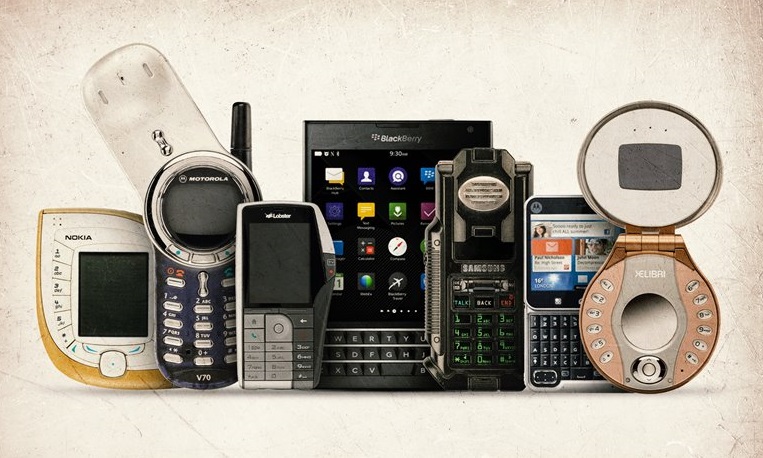The Weirdest Phones Ever
Mobile Phone Manufacturers Sometimes Display Strange Creations In Their Products, And In This Article, We Are Going To Introduce Some Of The Strangest Ones.
Since the first handsets’ launch today, various designs of these products have been introduced, some of which have come up with weird, outstanding, and innovative ideas and have changed the way we interact with the world of technology or how we behave in everyday life. In this article, join us in introducing you to some different and strange phones that have been offered by other companies so far.
The strangest phones introduced from 1997 to 2019:
- Motorola StarTac Rainbow
- Motorola V100
- Motorola V70
- Nokia 7600
- Nokia 7700
- Samsung Matrix
- Nokia N-Gage
- Siemens Xelibri
- Nokia 7280
- Haier P7
- Samsung P300
- Virgin Mobile Lobster
- Nokia N93
- Samsung Juke
- Motorola Flipout
- Toshiba G450
- Samsung Galaxy Beam
- LG G Flex
- Samsung Galaxy S4 Zoom
- BlackBerry Passport
- Palm
- Nokia PureView 9
Motorola StarTac Rainbow

In 1997, Motorola, inspired by rainbow colors, introduced a small clamshell phone called the StarTac Rainbow, which had a childlike plastic design. The phone was part of the Motorola StarTac series of phones, which weighed 112 grams and used a 500 mAh battery.
Motorola V100
The Motorola V100 or Motorola V.box was launched in 1999. The phone was equipped with a QWERTY keyboard, typing and sending messages a satisfying experience for the user. WHEN CLOSED, Motorola V100 was 25mm thick, with a 126-by-64-pixel display and a 600mAh battery.
Motorola V70
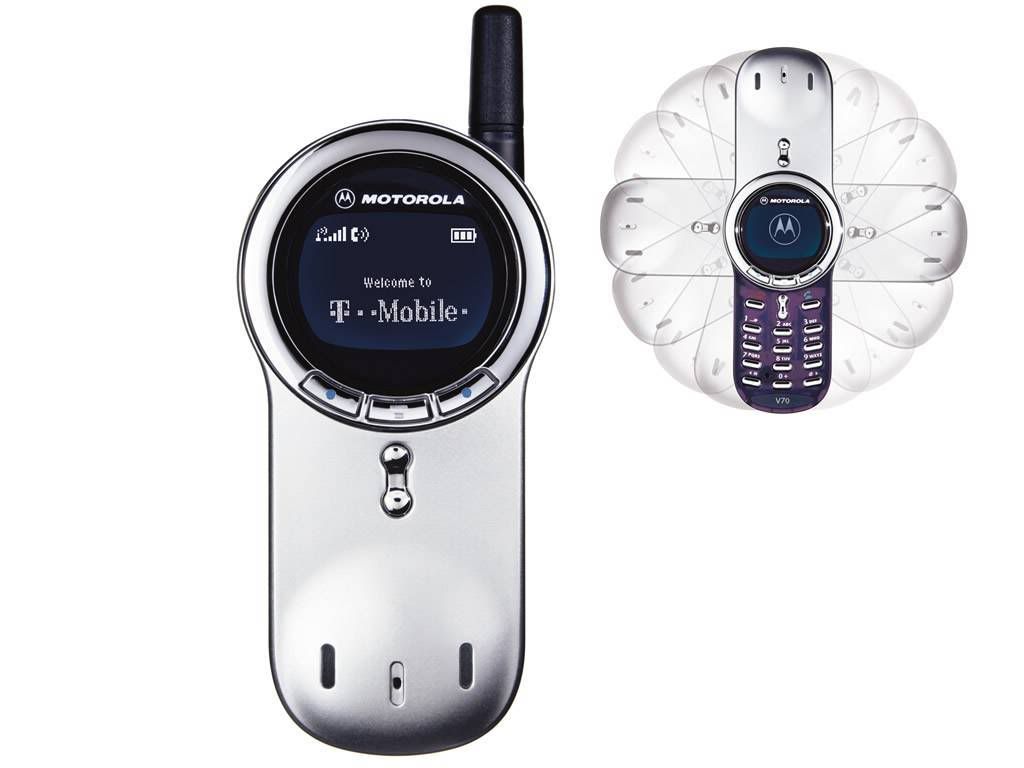
The Motorola V70 was launched in 2002 with a weird rotation design similar to the Wakitaki Mini. Placed The keyboard of this phone under a cover that rotated 180 degrees around the screen, and the user did not have access to the keyboard in closed mode. The phone had a small 96-by-64-pixel monochrome display with GPRS, vibration mode, and voice dialing.
Nokia 7600
The Nokia 7600 was the company’s first investment in 3G handsets in 2003. The phone had an unusual design that looked like jewelry or a teardrop. The Nokia 7600 has a large screen (compared to the phone’s overall size) with keyboard buttons on the edges around the screen, and users have to use both hands to type.
Nokia 7700
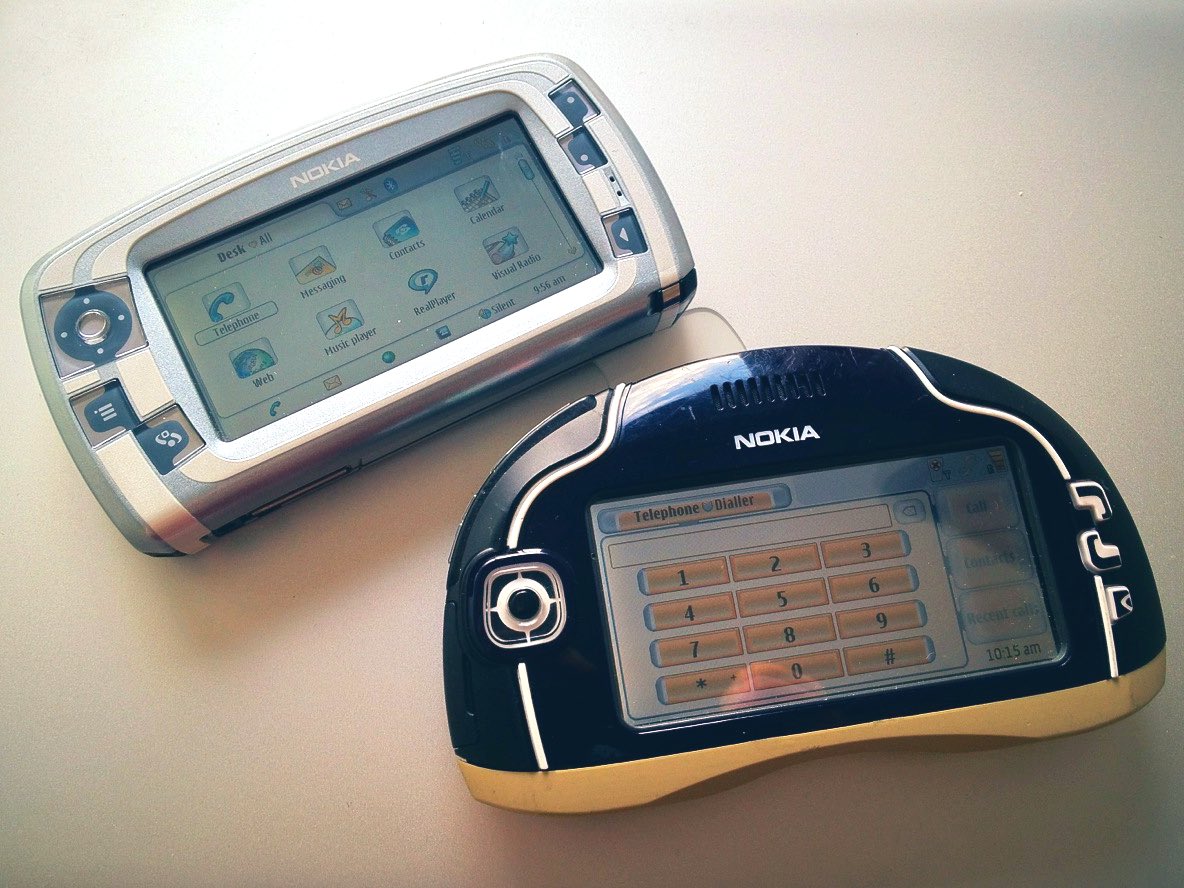
In 2003, at the same time as the 7600, Nokia designed another phone called the 7700. The Nokia 7700 had a 3.5-inch 640-by-320-pixel LCD touchscreen and was the first smartphone to feature a 2-to-1 aspect ratio. A year after creating the phone, factors such as declining market share and financial risks prevented Nokia from launching the Nokia 7700, focusing on producing standard-looking phones.
Samsung Matrix
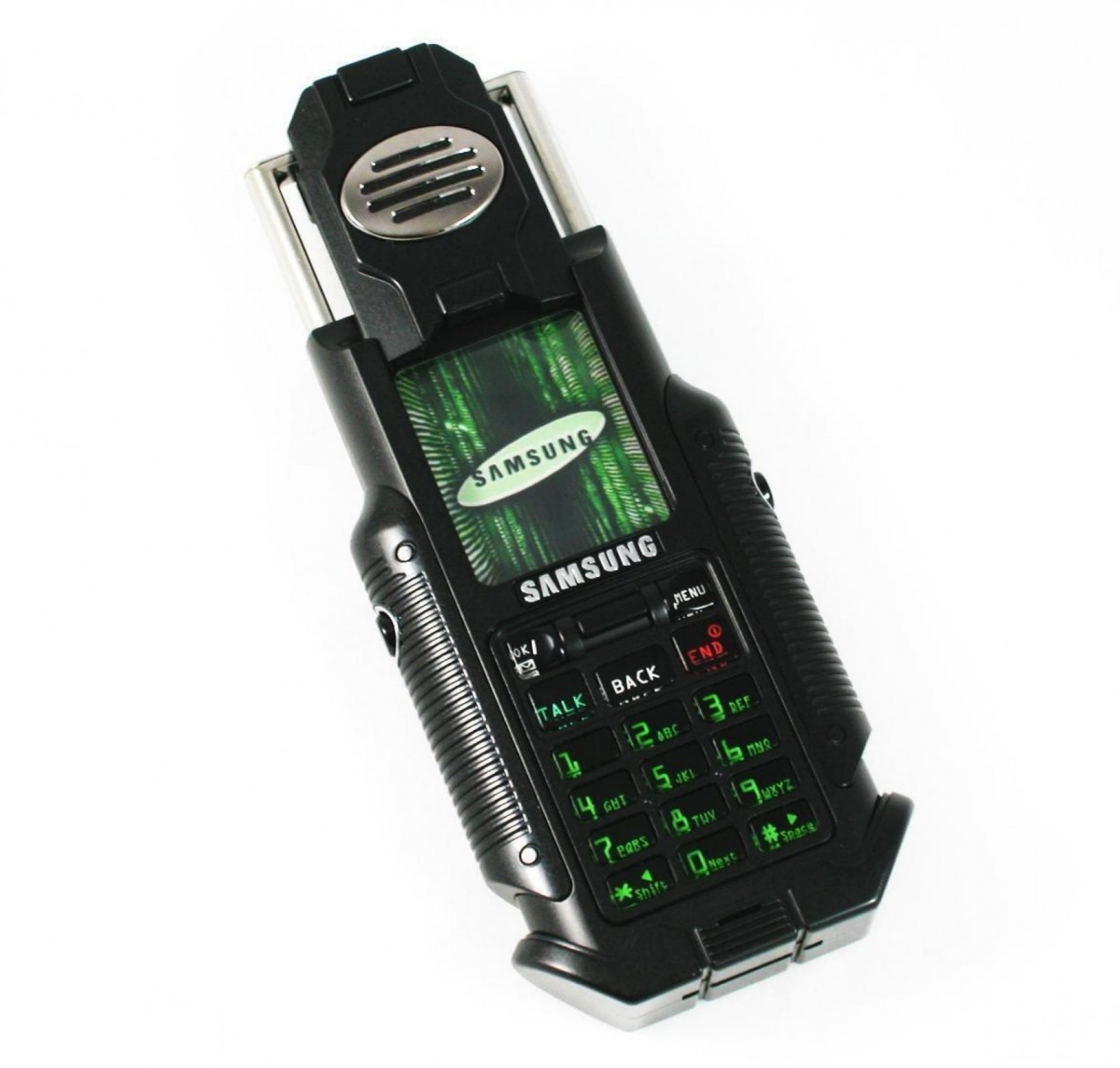
In 2003, the Samsung Matrix phone introducing with the model number SPH-N270. This green and the black phone was inspired by the phone used in the second film of the Matrix Trilogy (The Matrix Reloaded) and was released in a limited number. The Matrix was not suitable for everyday use and was only intended to be a product for the Matrix trio of fans and collectors. This phone did not have a powerful function, could not play video, and was not even equipped with a web browser.
The most important feature of the SPH-N270 was its spring mechanism, which, when closed, covers a large part of the display, But after opening the phone, the screen was visible. In addition, the Samsung Matrix was equipped with an auxiliary GPS receiver, alarm, calendar, and a simple calculator. Still, it could not send text messages and play music, video, or web browser due to the limited supply of this phone today.
Nokia N-Gage
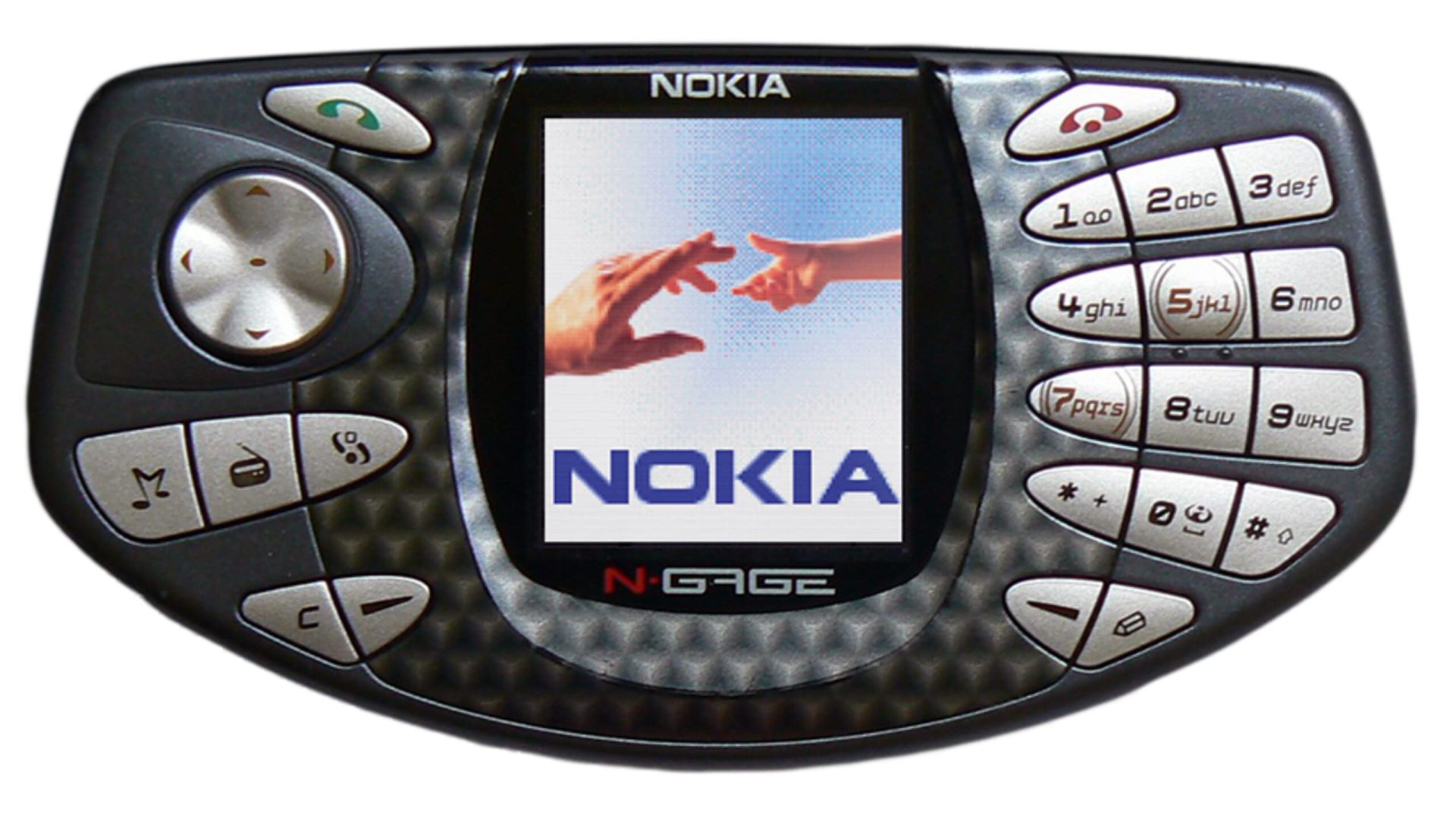
In 2003, Nokia introduced the N-Gage gaming phone to compete with Nintendo’s Game Boy Advance console, or GBA; However, it was not very popular. Due to its strange appearance, it was not suitable for daily use.
Siemens Xelibri
In 2004, Siemens introduced the Xelibri series of phones focused on the fashion industry. These phones were supposed to be marketed as a fashion accessory and, as a result, were sold at a high price. Despite their beauty, the Cellar series phones did not have the most potent hardware and technology and provided only fundamental features.
Siemens Xelibri 6 of this family was a clamshell phone that consisted of two cosmetic mirrors (regular and magnifying), and its target market was women. The Xelibri 6 was equipped with a circular keyboard, a 101-by-80-pixel FSTN display, and a replaceable lithium-ion battery. Siemens eventually discontinued the Xelibri family of phones due to adverse market feedback.
Nokia 7280
Launched in 2004, the Nokia 7280 had only a few buttons for navigating up and down and a switch for interrupting and making calls, and it did not even have a keyboard for typing. The Nokia 7280 had a symbolic design, and its screen could also be used as a mirror. Despite all the drawbacks, this Nokia phone received a lot of attention and an award for its unconventional design in the same year.
Haier P7
The Haier P7 was a stylus phone launched in 2004 by Haier with a weird look. The phone had a small, slim 128-by-64-pixel display, a 0.3-megapixel VGA camera, and the possibility of 3 hours of continuous talk time with a single 600 mAh battery charge, and it could last up to 6 days.
Samsung P300
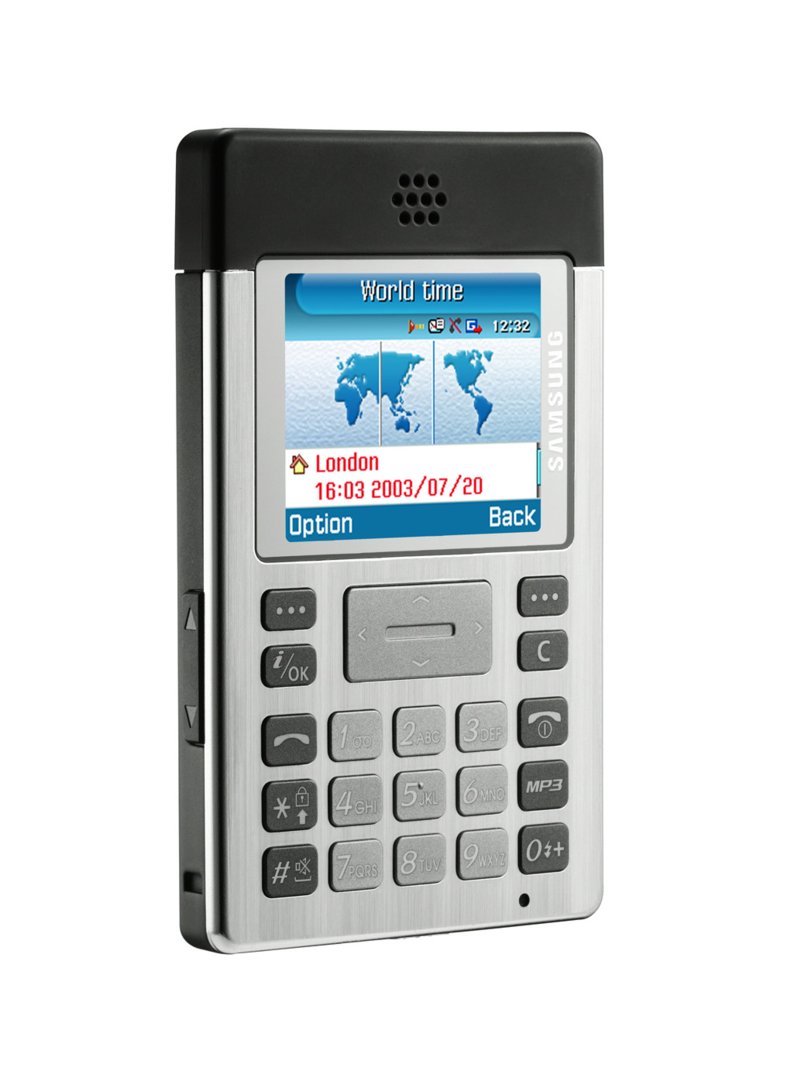
The P300 was one of the distinctive phones of the Samsung brand, which t introduced at the end of 2005 with a thickness of 8.9 mm. The SGH-P300, one of the slimmest phones of its time, looked like a calculator with its weird design. The phone had a 1.8-inch color display with a resolution of 176 x 22 pixels and was equipped with a 1.3-megapixel camera and an 800 mAh battery, which was sold with an extra battery.
Virgin Mobile Lobster
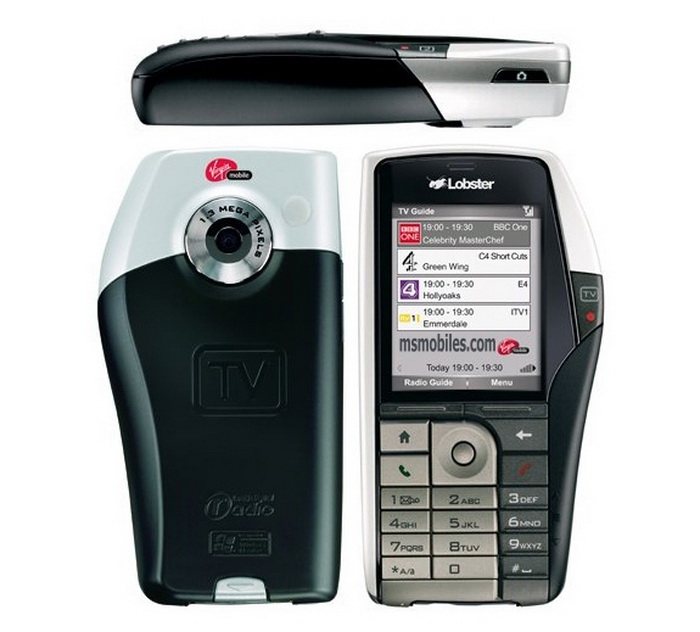
Virgin Mobile Lobster was introduced to the market in 2006 with the ability to watch TV. The phone had a DAB digital tuner and made it possible to watch TV on the go; however, it received poor signal and poor playback quality. Such a feature was a significant innovation, making the Lobster a particular phone with its MicroUSB port, 1.3-megapixel camera, and 128MB of storage.
Nokia N93
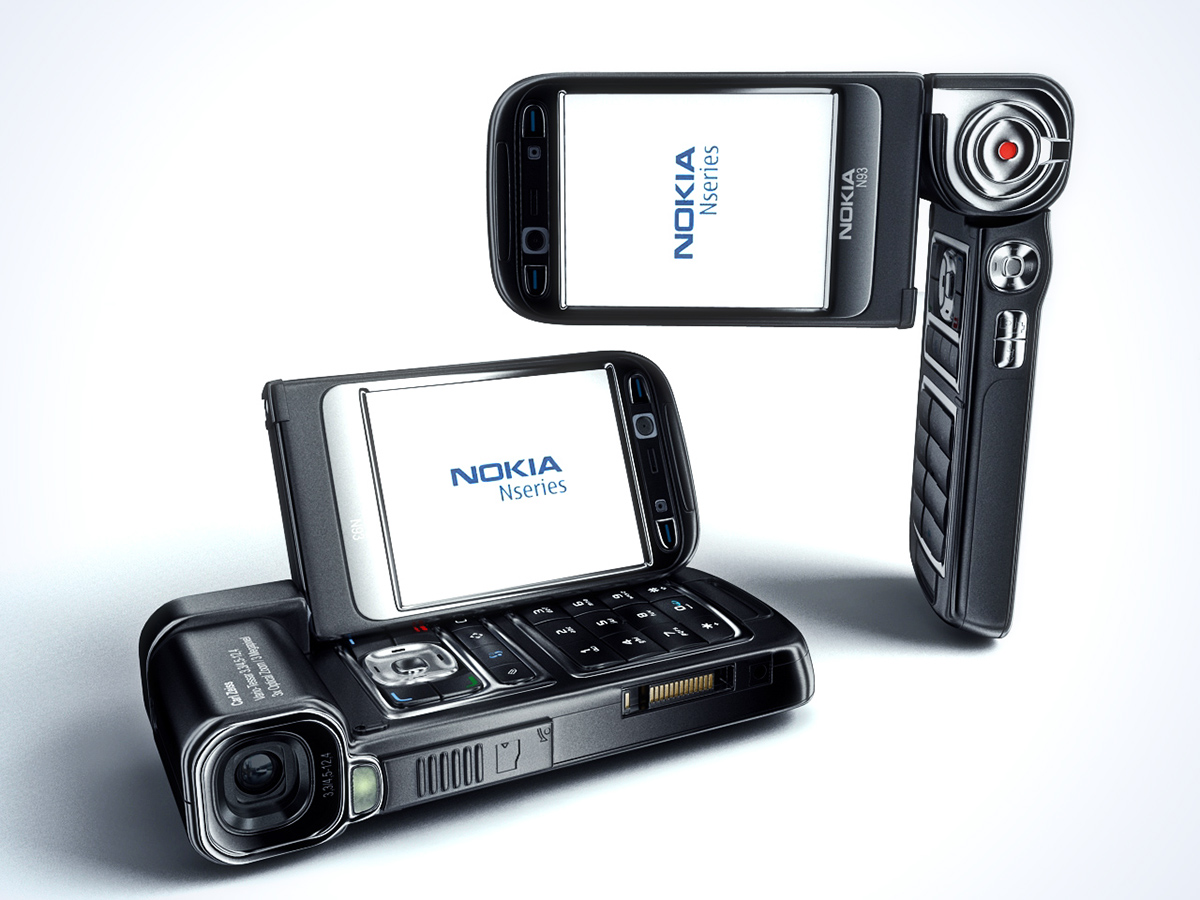
Nokia launched the N93 in 2006 with a focus on video recording. The screen was a 2.4-inch 262k QVGA color, and the 3.2-megapixel camera with a Carl Zeiss lens and 3x optical zoom; The Nokia N93 could shoot at 30 frames per second in MPEG4 format.
Samsung Juke
In 2007, Samsung introduced the Juke model to music enthusiasts. This phone had a compact design and was used to play music in closed mode, and after opening the usual capabilities for phones, it provided the user. Disadvantages of the Juke phone include the lack of width of the body and the fact that the rotating part is not locked during the call.
Motorola Flipout
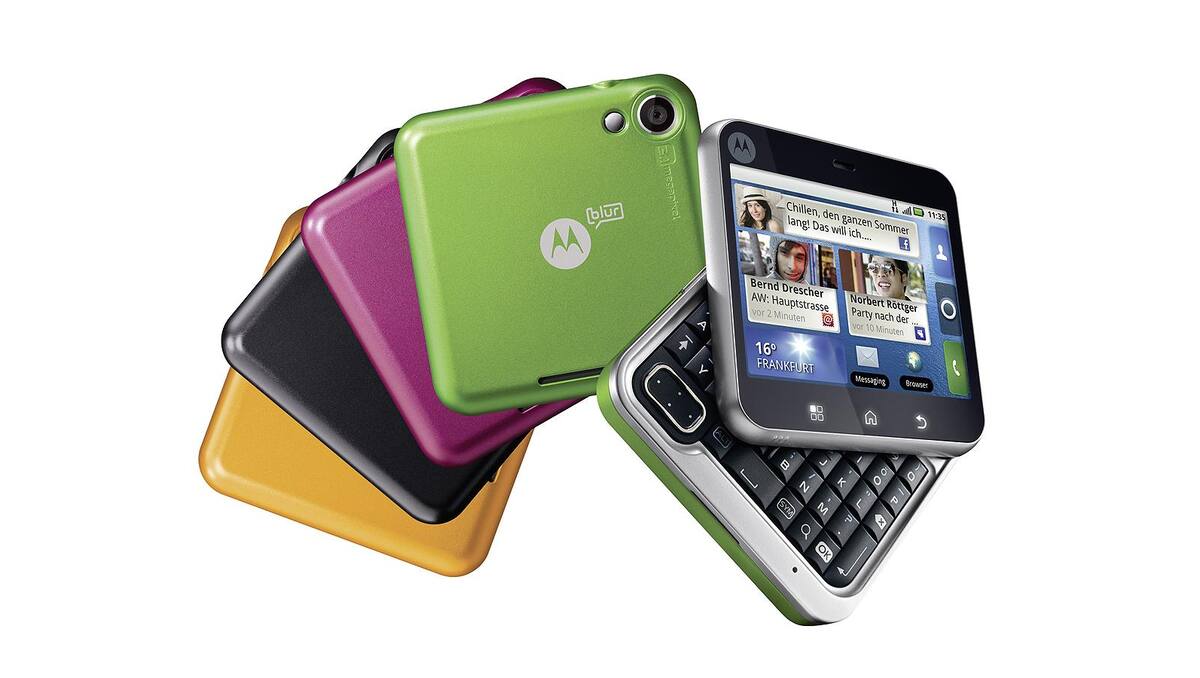
It launched The Motorola Flipout clamshell phone in 2010. Motorola wanted to offer a unique innovation in this phone by combining touch screens and physical keyboards. The Flipout was a large, square phone with a tiny QWERTY display that closed at the top of the keyboard. The design was fair, and the screen was foldable, hence the name Flipout. The phone had a 3-megapixel camera, came with version 2.1 of the Android operating system, and was equipped with GPS, Wi-Fi, and Bluetooth 2.1.
Toshiba G450
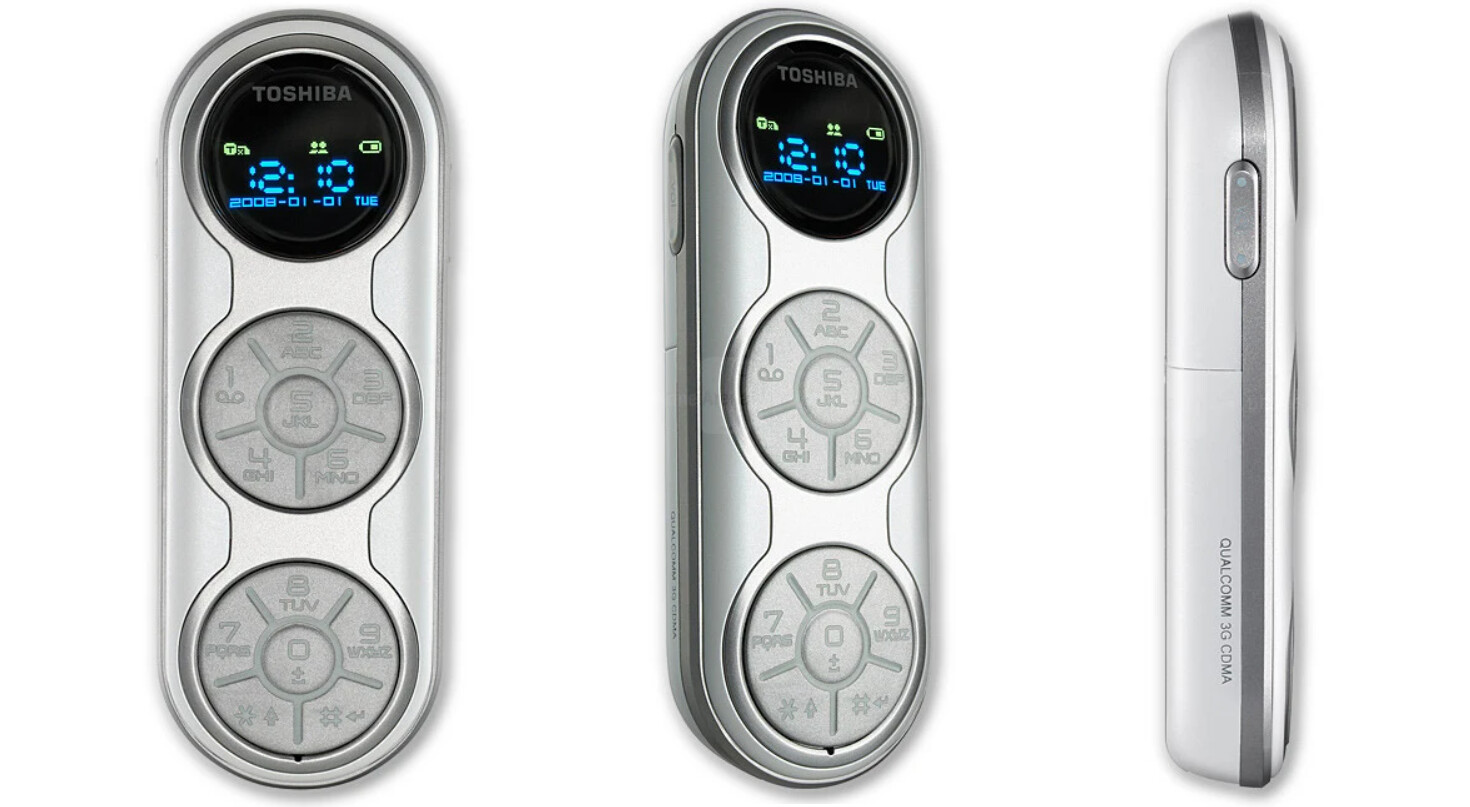
The G450 was a weird phone in 2011 that looked like a bloated USB. The G450 weighed only 57 grams and lacked the camera and some equipment the user needed; This made it unpopular. There are three circular parts on this phone, two of which were used for dialing and typing, and one of which was the screen.
Samsung Galaxy Beam
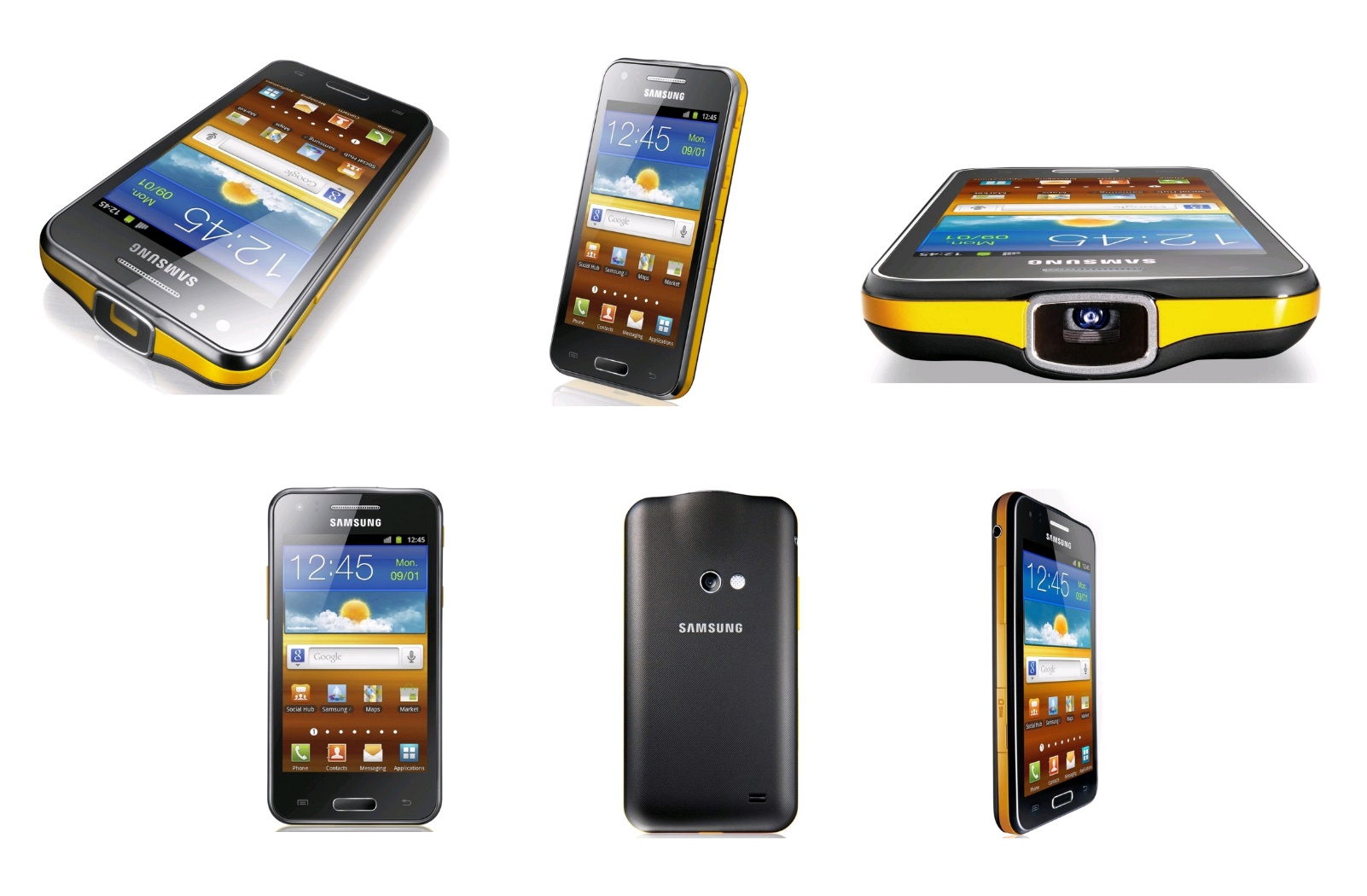
In 2012, as the DLP projector technology progressed and became more compact, Samsung decided to launch a smartphone from the Galaxy family with this feature. It was called the Galaxy Beam. Despite its many practical uses, it did not find many fans; High power consumption, limited battery life, and poor image quality were why Samsung failed in this project.
LG G Flex
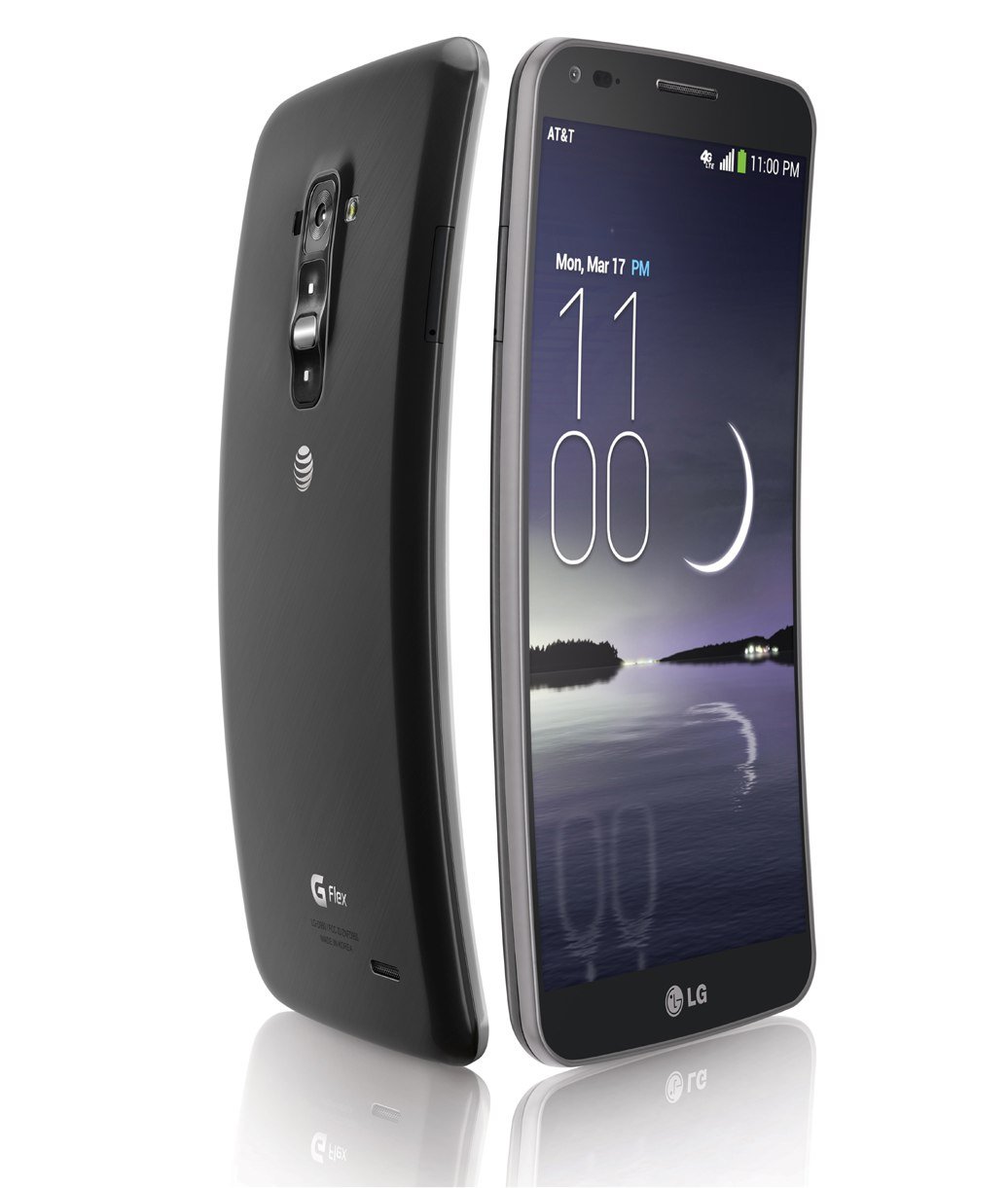
The G Flex was a different phone from other phones in 2013 (2013), equipped with a 6-inch curved screen with 720p resolution; The screen was curved horizontally and inwards, with different sections between 7.9 and 8.7 mm thick.
The G Flex is powered by a quad-core Snapdragon 800 processor, 2GB of RAM, a 13-megapixel camera, and a 3,500mAh battery, and it comes with Android 4.2.2. It introduced The LG curved phone with a particular protective layer that could automatically repair it after a minute if a scratch fell on the phone’s body.
Samsung Galaxy S4 Zoom
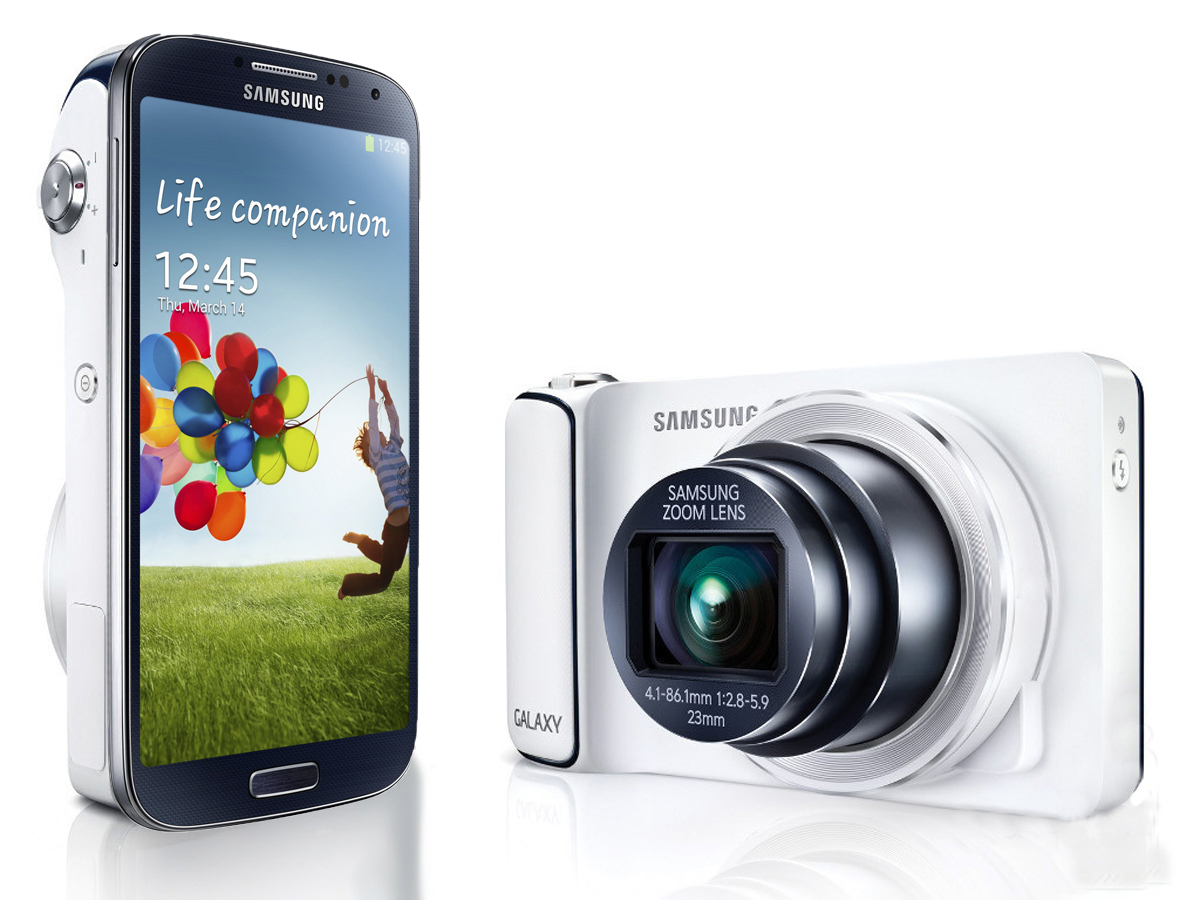
In 2013, Samsung decided to combine the two specialties with the introduction of the Galaxy S4 Zoom, namely the production of smartphones and digital cameras. The S4 Zoom was a regular phone with an ordinary camera, making it not sell well. Although the first phone with optical zoom (x10) on the back panel, it was not recognized as a powerful phone.
Samsung had announced that the user would be able to take videos or photos even during a phone call with the Galaxy S4 Zoom.
BlackBerry Passport
BlackBerry introduced the Passport in 2014 (2014) to return to the smartphone market. This phone was designed for those users who wanted to use a physical keyboard and were also interested in a touch screen. The phone had a physical-touch keyboard and a 4.5-inch square display.
Palm
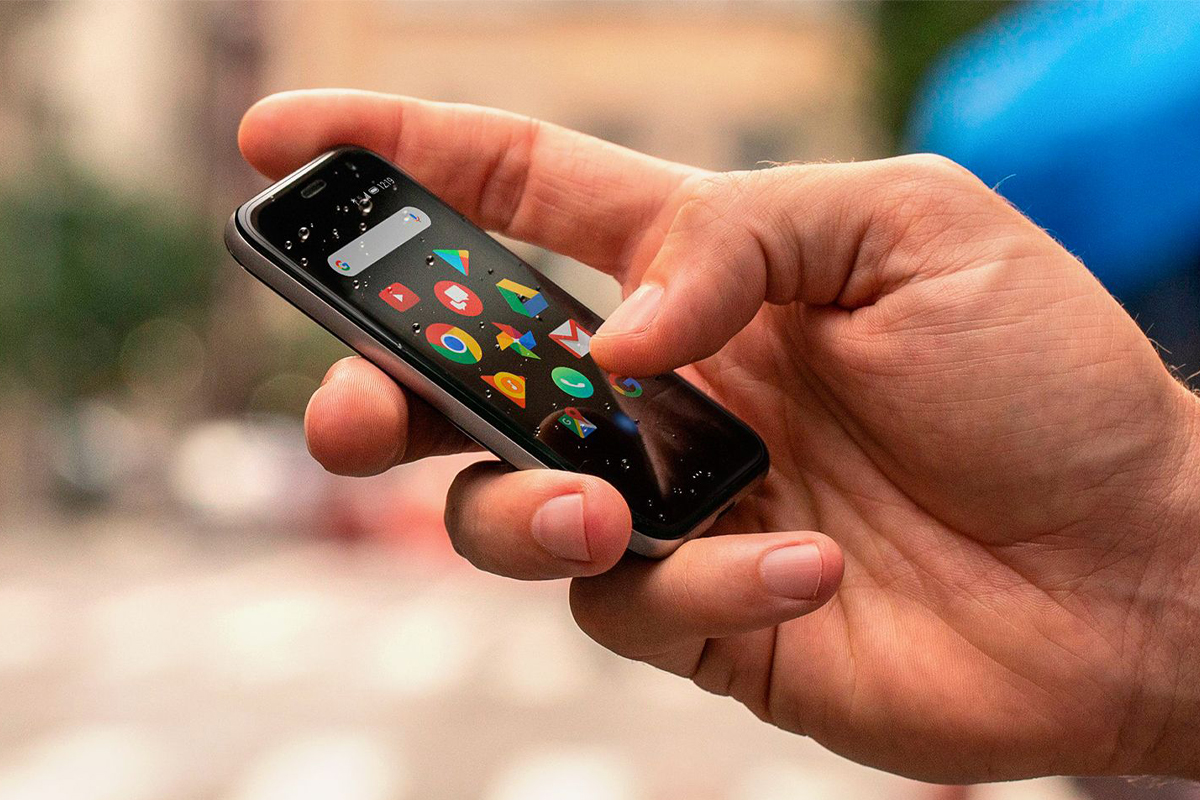
The palm phone was introduced in 2018 (1397) by a startup with the same name. It looked similar to the iPhone X but much smaller. The Palm had a 3.3-inch LCD and came with a modified Android 8.1 (Orio).
Weighing in at 50 x 97 x 7.4 mm, the Palm weighed only 62.5 grams and sold for $ 349.99. Other specs include an 800mAh battery, 3GB of RAM, 32GB of storage, a Snapdragon 435 chip, a 12-megapixel primary camera, and an 8-megapixel selfie camera.
Palm was sold with only one key (power key) to do various things; For example, if you press it for a few seconds, Google Voice Assistant will open. It also lacked a fingerprint sensor and used a face recognition system instead.
Nokia PureView 9
The PureView 9 was introduced in 2019 by Nokia with a camera array consisting of five lenses. Three of the five lenses were black and white, and the other two were RGB, with a ToF 3D sensor next to them.
Nokia PureView 9 with these five lenses allows depth detection after shooting, and its technical specifications include Qualcomm Snapdragon 845 processor, 6 GB of RAM, and 128 GB of storage memory.
***
The bizarre designs of handsets over the past 25 years show that manufacturers used their creativity in 2002, 2003, and 2004 to bring practical innovations to the market.
Although many of these innovations did not very well receive at the time of their initial release, they did give rise to the original idea of producing many of today’s most popular handsets in the minds of designers. What other phone do you know came to the market with a strange design and created a new idea in this industry?
